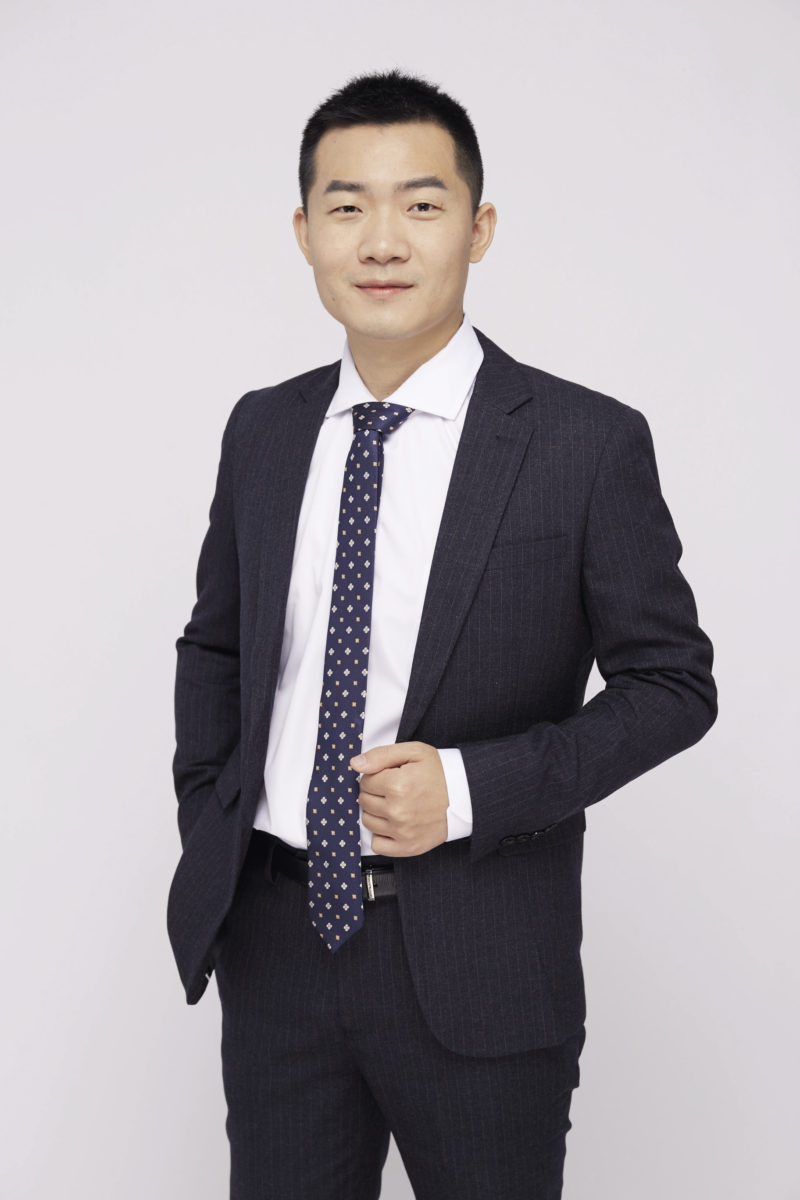So, new to the market. What brought about the establishment of FoxESS?
With the coming of grid parity of solar PV and the continuous declining costs of power storage, we believe that the global PV generation market is becoming more and more decentralized and moving away from traditional utility-scale power plants to distributed generation (DG). The DG renewable energy market continues to grow fast and there are many new market opportunities being generated.
To take advantage of these opportunities, in September 2019, Tsingshan Group – the world’s largest company in the stainless steel industry – decided to take a chance on the promising renewable energy industry. So it invested in and established FoxESS as the entity for the development operation – for the production and sale of distributed renewable energy products, and also as an extended arm for its battery storage.
What is the relationship with Tsingshan Holding Group like for FoxESS?
As the world’s largest stainless steel company, Tsingshan Group is a great, visionary company. It has set up a full industrial chain for lithium-ion batteries, and FoxESS is an extended application of its battery business.
We have mature inverter and storage products and solutions, and with the support of lithium-ion batteries from Tsingshan, we are in a powerful position for cost control – so we have sharp competitiveness. Actually, we have been granted infinite support from Tsingshan for exploring markets and global expansion.
You have taken over as CEO of FoxESS at a fairly young age, but you have pretty extensive experience with the solar+storage industry. How have you gotten to where you are today, and what has been key to your success?
I graduated from an Australian university, and after graduation I moved back to China. By chance, I was able to join an inverter company, Samilpower, and to take the responsibility of its marketing to the Australian market. I was lucky for the opportunity to jump straight into the booming Australian distributed PV market, and led the team to obtain the number one market share position for Chinese inverter brands. That was between 2009 and 2013. Then between 2014 and 2019, I moved over to work for SolaX, a storage company where we succeeded in growing to become the world’s leading Chinese energy storage brand.
Since the foundation of FoxESS, we successfully invited a very senior research and development (R&D) team to join us. Our experienced engineers hail from Samilpower, Zeversolar, SolaX and Eton – and this granted us with technology leadership, mature and reliable product solutions, and sustainability of innovation. Now, we have set up branches and marketing operations in Australia, the United Kingdom, Netherlands, and India for close customer communication and service.
Wow, quite impressive. So as a new market entry, what is the current business case for FoxESS?
With the shift of solar PV moving from utility-scale plants toward DG, particularly residential rooftop solar+storage, the requirements for inverters are changing. Not only in sizing – moving away from the previous large, concentrated design to small string style – but also in the requirements of the inverter to be more intelligent grid-connection with storage. So for now, we are focusing our business on small-size string inverters for distributed PV system and household storage solutions – primarily in overseas markets.
Where do you see the distributed storage market, currently?
The distributed storage market is just in an early stage of development. Even though some of the key players of the inverter market recorded sales in the billions of Chinese yuan, with gigawatt levels of volume capacity, in the future we will see players having much higher sales values and volume capacity. For residential household systems, I think there will be 100,000 to 200,000 sets of annual sales in the coming three to five years.
Talking about the market, the Chinese domestic market is quite different from overseas markets. In China, because personal electricity prices are much lower than those for commercial and industrial electricity, it is hard to promote residential household PV systems without subsidy support … However, in Western countries like Australia and the United States, things are exactly the contrary. These will be huge markets for residential projects; specifically, for 5 kW to 10kW distributed rooftop solar+storage systems.
Considering continuous declining costs, we estimate that an annual 15-20% reduction in costs is achievable for inverters and storage systems. Just like silicon products several years ago – that’s why we are very optimistic about this market.
What is your vision for the future of FoxESS?
We see a bright future for the distributed PV and storage world. With standing and support from Tsingshan Group, FoxESS is targeting the rapidly growing market’s needs and providing more and more products and solutions for smart energy. Even a virtual power plant is on the horizon to network distributed energy resources, provide flexible power, and maximize the power utilizing efficiency at minimum power cost and carbon emissions.
We want to be the number one in this field, like Tsingshan has done in stainless steel and nickel production – again.
This content is protected by copyright and may not be reused. If you want to cooperate with us and would like to reuse some of our content, please contact: editors@pv-magazine.com.
